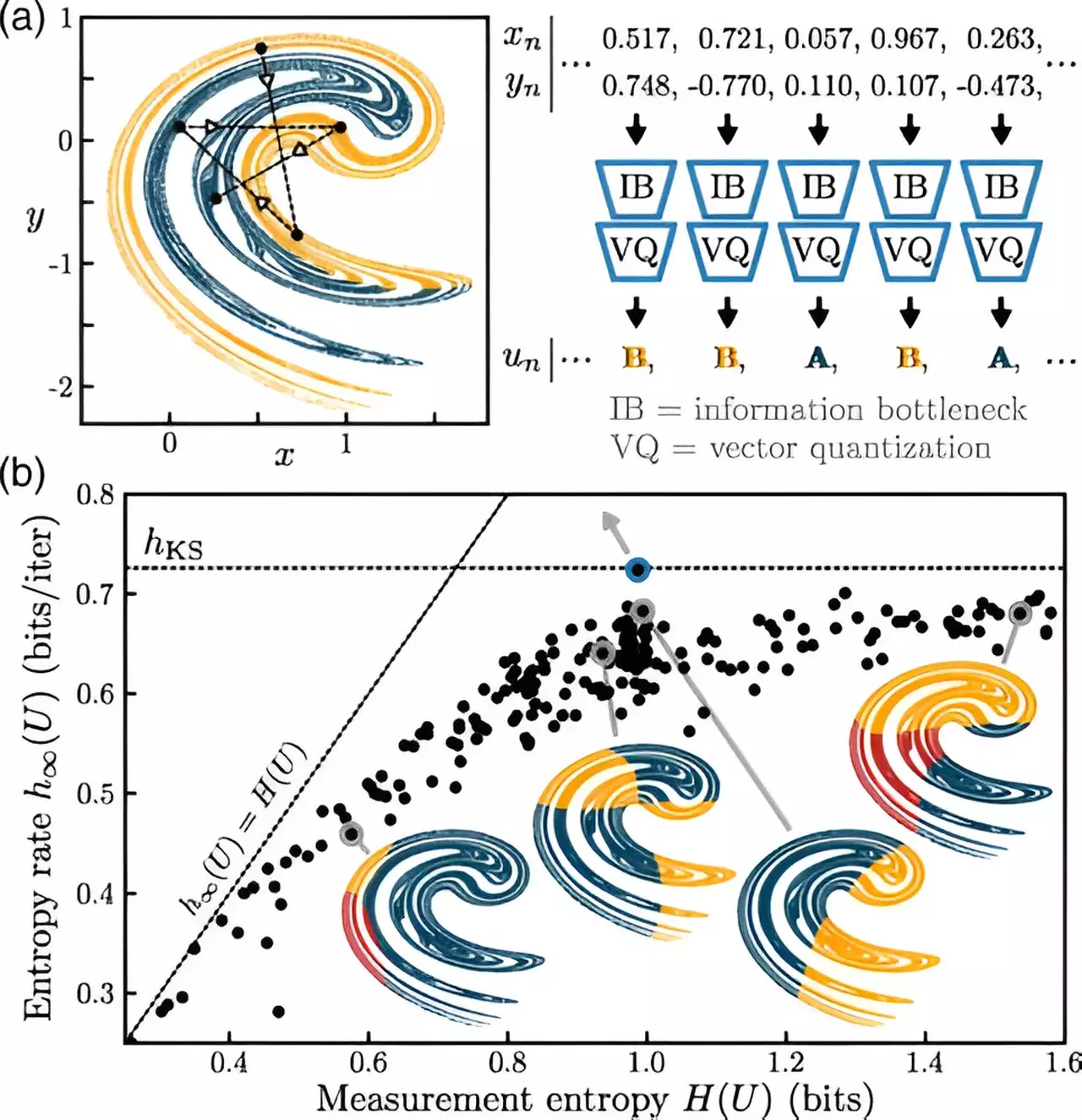In an era dominated by data-driven insights, understanding chaos—whether in the unpredictability of weather systems or the complexities of human biology—has never been more crucial. Researchers at the University of Pennsylvania, led by engineers like Dani S. Bassett and Kieran Murphy, are diving into the chaotic waters of systems that have long eluded human comprehension. By harnessing the power of machine learning, they aim to make significant strides in how we measure and interpret chaotic phenomena, ultimately enhancing our predictive capabilities in both theoretical and practical domains.
The Intricacies of Chaos
For centuries, humanity has grappled with chaotic systems, from predicting climate shifts to deciphering ecological dynamics. These systems exhibit nonlinear behaviors, which defy traditional linear models. Kieran Murphy aptly notes that the nonlinearity inherent in these systems presents a formidable challenge: as time progresses, the fidelity of initial information deteriorates, mirroring a game of telephone where meaning is gradually distorted. This chaos leads to unpredictable outcomes, making forecasting not just difficult but often impossible, particularly over extended time frames. Despite advancements in data collection—think of the millions of atmospheric probes capturing real-time weather data—complete accuracy in prediction remains a distant ideal due to the inherent uncertainty of chaotic dynamics.
Machine Learning: A Beacon of Hope
In their pioneering research published in Physical Review Letters, Murphy and Bassett introduce a novel application of machine learning aimed at tackling the complexities of chaotic systems. Unlike previous methodologies that relied heavily on extensive theoretical frameworks or vast amounts of empirical data, their approach seeks to encapsulate the dynamics of chaotic systems into streamlined measurements. This paradigm shift represents a transformative leap forward: rather than being bogged down by the limitations of existing data interpretations, they propose a method of generating ‘information maps’ that can illuminate where information is created and highlight critical data points amid the noise of chaos.
Machine learning, often celebrated for its ability to detect patterns in large datasets, is here repurposed. Instead of leveraging algorithms to forecast outcomes based on supplied data, Murphy employs them to distill entire chaotic systems into singular, meaningful metrics. This strategic reduction allows researchers to glean insights that would otherwise remain hidden within layers of complexity. Deep learning algorithms act as powerful tools in unraveling the nuances of chaotic dynamics, effectively transforming how we engage with dynamic systems.
Charting New Territories in Information Theory
The implications of this research extend far beyond mere weather predictions or chaotic simulations. Murphy’s work signals a broader shift in the study of information theory, especially in the context of multivariate systems where multiple information sources converge. The previous models often confined analyses to single snapshots in time; however, Murphy’s new methodologies consider temporal dimensions, unlocking a sophisticated understanding of how systems evolve.
This breakthrough not only enhances our understanding of complex phenomena but also fosters exciting avenues of exploration. For example, the researchers are now beginning to investigate dynamics within the human body, particularly the brain’s intricate workings. As Bassett remarks, deciphering the information flow within the brain could lead to groundbreaking insights into mental health, potentially revealing new pathways for treatment and intervention.
The Dual Nature of Pursuit and Uncertainty
While it’s true that achieving absolute certainty in understanding chaotic systems is unattainable, the human desire for clarity and foresight remains pervasive. By pioneering new tools and methodologies to unlock the mysteries of chaos, Murphy and Bassett provide a glimmer of hope—a way to navigate through uncertainty toward a more informed future. The key lies not only in making strides towards greater predictability but also in appreciating the beauty of chaos itself, recognizing that within the swirling vortex of chaos, there are patterns waiting to be revealed.
This approach emphasizes the significance of embracing uncertainty as part of the journey toward deeper understanding. Each new insight into chaotic dynamics, whether it relates to weather forecasting or the intricacies of human physiology, enhances our ability to uncover innovative solutions to real-world challenges. As researchers like Murphy and Bassett continue to harness the synergy between machine learning and chaos theory, the potential for transformative applications in technology, healthcare, and beyond becomes increasingly tangible.
The profound implications of their work highlight an exciting era where the interplay of chaos, complexity, and cutting-edge technology can lead to unprecedented paradigms across various fields, ultimately elevating the human experience as we continue to unravel the enigmatic tapestry of the world around us.


Leave a Reply